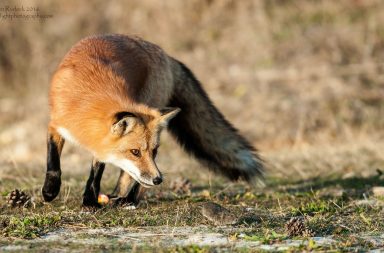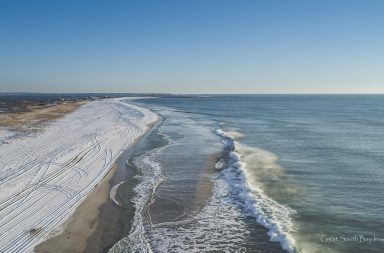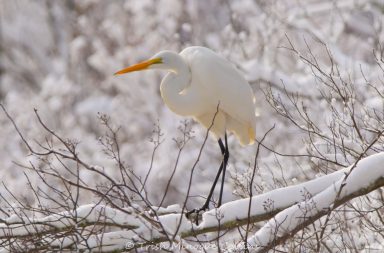This week’s guest curator for the Long Island Wildlife Highlights is Vicki Jauron. You can check out Vicki’s amazing nature and wildlife photography at Babylon and Beyond Photography, www.babylonandbeyond.com .
With spring-like temperatures this week, if you’re like me, you’ve already put away that big bulky coat in hopes of not seeing it again until next year. That’s probably not realistic, but hopefully you’re all out enjoying the great weather, the lakes and beaches, and our great Long Island Wildlife.
As always, the community of nature-lovers and photographers who make up the Long Island Wildlife Photography Facebook page were out capturing some beautiful photos. Thanks for sharing your work! It’s always a challenge selecting just 25-30 photos to present here as there are so many more photos that are worthy of accolades.
This week, many members took to the skies this week (at least with their cameras), with photos featuring eagles (both adults and juveniles) as well as harriers, hawks and vultures, not to mention a few thousand dunlin. Capturing birds in flight takes practice and skill, so congratulations to all. See this week’s tips below for a few things to think about if you are still learning how to photograph birds in flight.
This week’s cover shot goes to Kerry O’Brien Lukowski whose photos of a Northern Harrier hunting and eventually catching a meal took our breath away. This is what happens when skill, planning and good timing, and a bit of luck all come together. Amazing work, Kerry!
Photography Tip
Birds in Flight – Just a Few Things You Need to Think About
As many of you know, capturing birds in flight is not just a point and shoot effort. There are many things that have to happen in a split second for the photo to be sharp and effective, so you really have to be ready and anticipating the moment. Here are just a couple of things that need to be considered:
- Do you have enough “reach” … e.g. a long enough lens or a bird who is comfortable letting you close enough without a longer lens? Naturally, cropping is generally needed, but if you have to crop too much, that can impact quality.
- Do you have enough shutter speed to capture the bird sharply in motion? The amount of speed required varies depending on size and speed of the bird and distance, but you probably want a shutter speed of at least 1/1000 of a second and for many birds 1/2000 or more.
- Do you have enough light reaching your sensor (at the speed you need) to give you a good exposure, that is, not too dark that you lose detail, but not too light that the whites “blow out”. (This is especially difficult with black and white ducks and eagles).
- Have you successfully locked focus on the bird and you using continuous focus to ensure that he stays in focus as you move your camera with the bird?
- Is the sun helping or hurting you? Ideally you want to shoot with the sun at your back, unless you are looking for a silhouette?.
- Are you able to capture the bird flying into the frame? Are you able to capture all of him without chopping off wings or body parts? I find you have to give yourself a little room for this one.
- And if that weren’t enough, is the bird giving you some good looks, showing some personality, nice expressions, eye contact, elegant wing motion, interesting behavior, etc.? (This one is just an added bonus, since you really don’t have much control of this other than timing your shutter release.)
So for those of you who are new to nature photography and still trying, don’t lose hope, if you practice and get to know your camera well, you will get it. I think all of us, no matter how many years of experience, still get really excited when it all comes together, because getting a sharp, well exposed, and interesting photo of a bird in flight is NOT easy!

Vincenzo Giordano | Common Loon

Ed Walsh | Long Tailed Duck

Diane Van Dyke Greco -| Dunlin In Flight

Diane Prokop Chatterton | Northern Harrier



